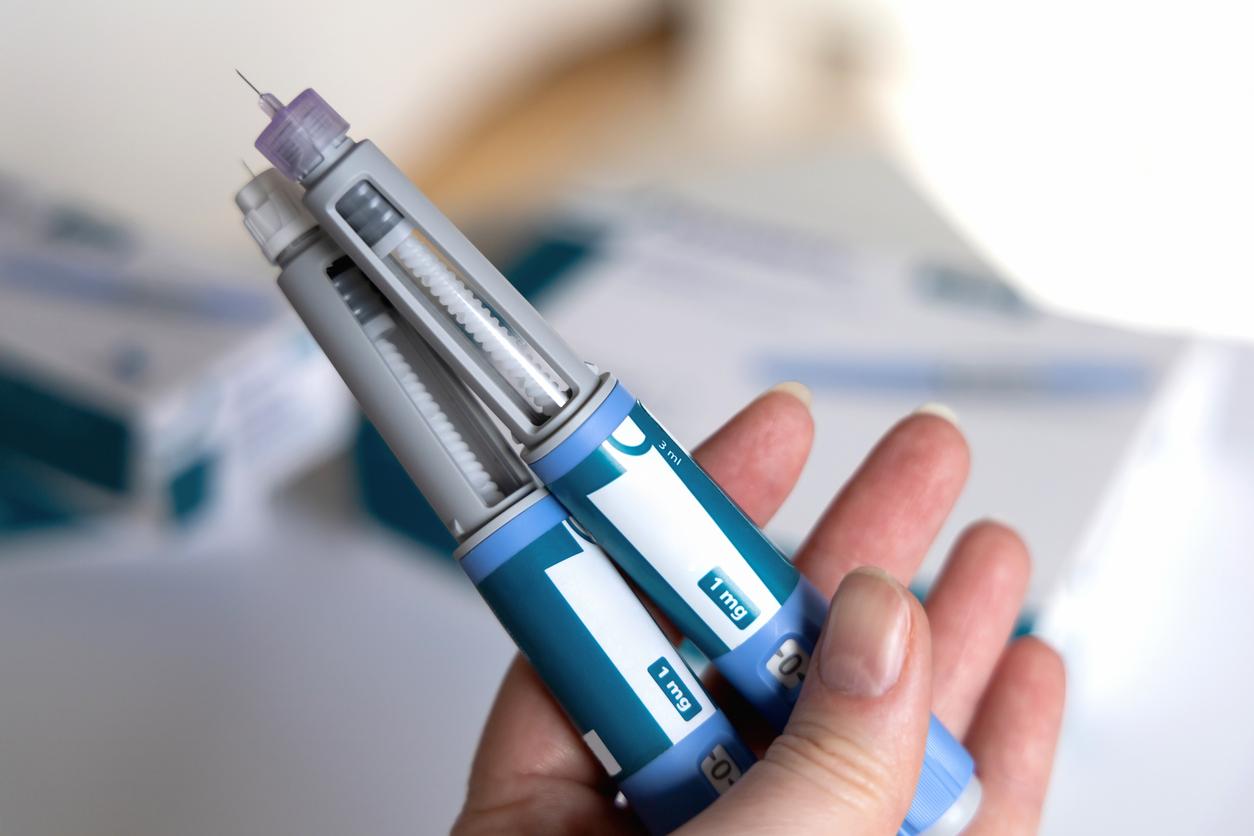The third-party payment has been extended to pregnant women and people with ALD since July 1. “Major social progress” for 15 million beneficiaries, according to the minister.

Third-party payment continues to be rolled out. From this Friday, July 1, health professionals will be able to offer waiver of advance fees to pregnant women and people with a long-term illness (ALD) “Thanks to a modernized and simplified system”, supports the government in a press release.
Provided for by the Health Law of Marisol Touraine, the generalization of third-party payment brings to 15 million the number of French people who can now benefit from it. On average, a pregnant woman advances 640 euros during her pregnancy and a diabetic in ALD 1,100 euros per year. But this patient population goes well beyond these patients. The list (1) of these conditions for which the Health Insurance reimburses at 100% (on the basis of Social Security tariffs) the expense of necessary care and treatment is long.
In 2014, nearly 10 million people benefited from the system: 96% for a condition on the list, 7% for a serious condition outside the list characterized and 1% for a disabling multiple pathology. This is 16.4% of the general health insurance scheme population.
3.3 million heart patients in ALD
In a recent “Landmarks” (June 2016), Health Insurance specifies that four ailments correspond to 78% of people who benefit from the list-based ALD system. At the top of the ranking are cardio-neurovascular diseases (3.3 million people, 35% of the conditions on the list), followed by diabetes (2.4 million, 25%), malignant tumors (2 million, 21%), and psychiatric conditions (1.2 million, 13%).
And around 1.3 million people benefited from the opening of an exemption from user fees for a condition on the list for 2014 alone, including 360,000 for cardio-neurovascular disease, 290,000 for malignant tumor, 210 000 for diabetes, and 130,000 for psychiatric illness.
ALD staff constantly increasing
In addition, the growth of the workforce in ALD continues to increase. It is estimated at + 4.9% per year between 2005 and 2012, then + 2.7% per year between 2012 and 2014. This growth results from multiple effects, according to the CNAM: “regulatory changes, growth and aging of the population, increase in the incidence of certain pathologies and in the life expectancy of affected patients, more frequent use of the device and cure for certain pathologies ”.
However, the Fund underlines that these effects are variable “according to pathologies, territories, recourse to CMU and over time”. But in the end, the bill remains steep. People’s spending ALD today represent a preponderant share of reimbursed health expenditure: 90 billion euros in 2011, according to the Treasury. This sum constitutes two thirds of the total reimbursements of the Health Insurance, and the bulk of the growth in health spending, he concluded.
(1) The list of long-term ailments
- Disabling stroke
- Bone marrow failure and other chronic cytopenias
- Chronic arterial disease with ischemic manifestations
- Complicated bilharziasis
- Severe heart failure, severe arrhythmias, severe valvular heart disease, severe congenital heart disease
- Chronic active liver disease and cirrhosis
- Severe primary immune deficiency requiring prolonged treatment, human immunodeficiency virus (HIV) infection
- Type 1 diabetes and type 2 diabetes
- Severe forms of neurological and muscular disorders (including myopathy), severe epilepsy
- Hemoglobinopathies, hemolysis, chronic constitutional and acquired severe
- Hemophilia and serious constitutional disorders of hemostasis
- Coronary disease
- Severe chronic respiratory failure
- Alzheimer’s disease and other dementias
- Parkinson disease
- Hereditary metabolic diseases requiring prolonged specialized treatment
- Cystic fibrosis
- Severe chronic nephropathy and primary nephrotic syndrome
- Paraplegia
- Vasculitis, systemic lupus erythematosus, systemic sclerosis
- Active rheumatoid arthritis
- Long-term psychiatric disorders
- Ulcerative colitis and progressive Crohn’s disease
- Multiple sclerosis3
- Progressive structural idiopathic scoliosis (with an angle equal to or greater than 25 degrees) until spinal maturation
- Severe spondylitis
- Organ transplant suites
- Active tuberculosis, leprosy
- Malignant tumor, malignant disease of lymphatic or hematopoietic tissue
.















